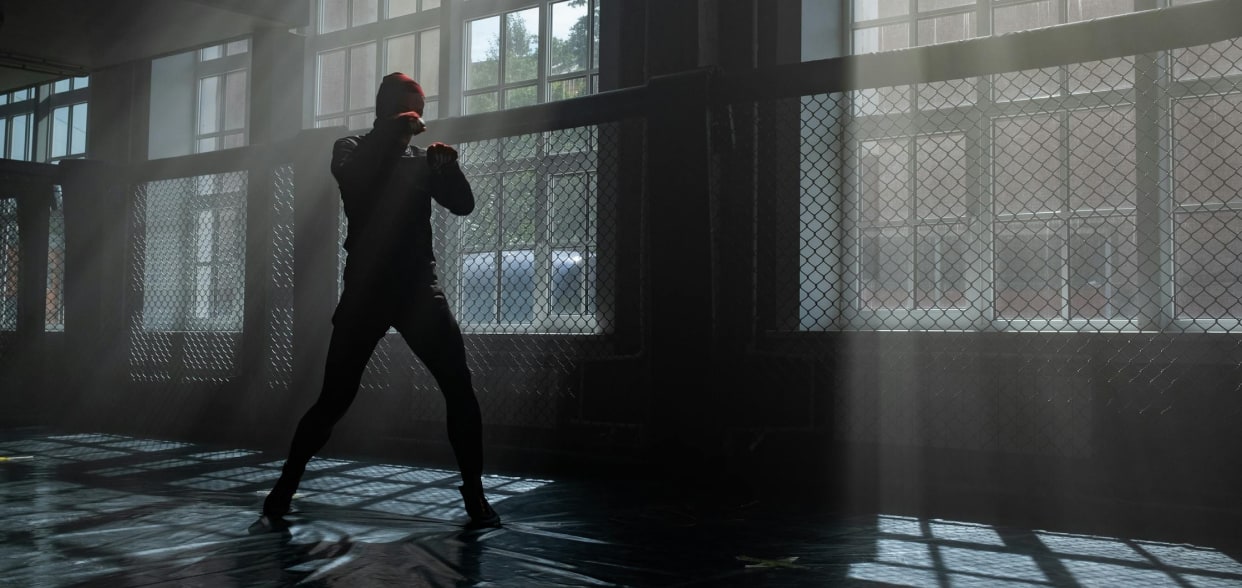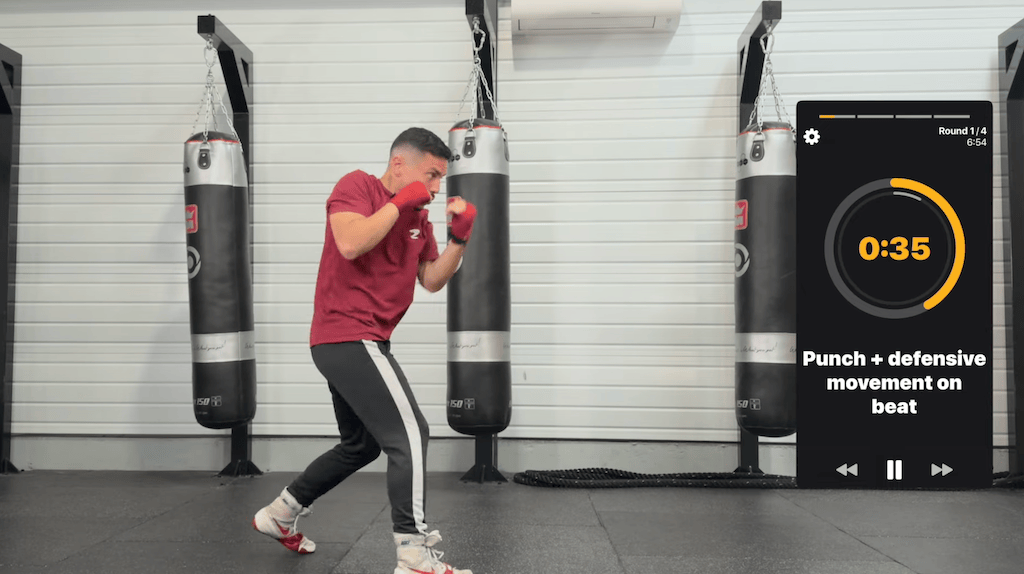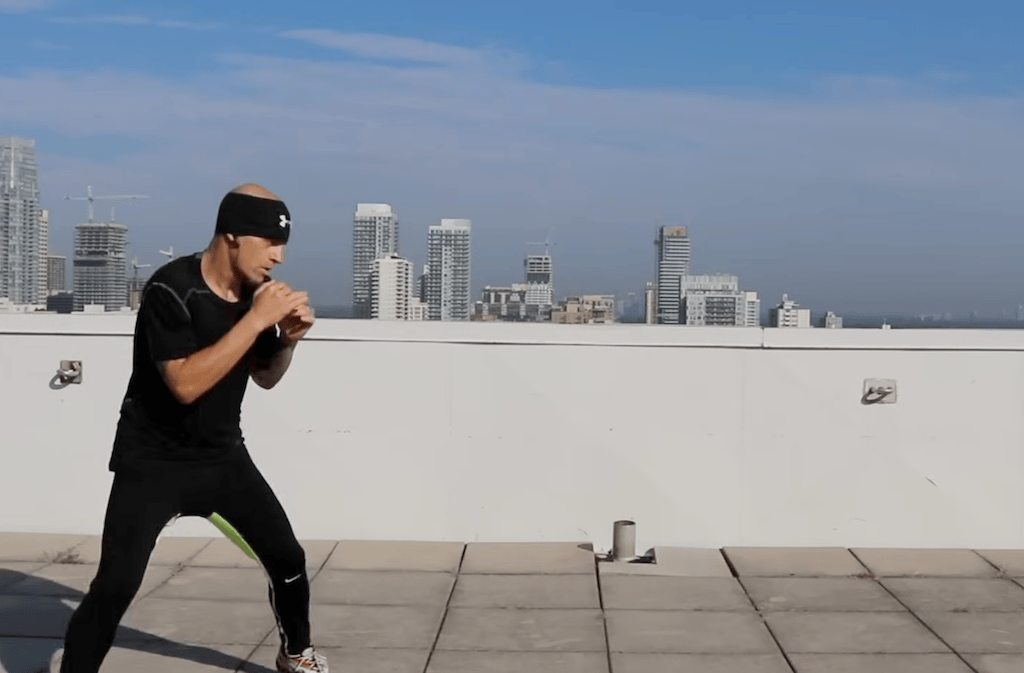The Different Styles of Shadow Boxing Explained
Shadow boxing isn’t just throwing punches at the air. The way you approach it can completely change the workout’s benefits. Whether you want to focus on technique, burn calories, or get that real fight feel, choosing the right shadow boxing style makes all the difference. Let’s break down the three main approaches: relaxed, intense, and guided.

Varying Intensity
When it comes to shadow boxing, how hard you go makes all the difference. Some days are about smooth, easy movement and sharpening technique, while others are about pushing your limits with all-out effort. Switching up the intensity keeps your workouts balanced and your mind engaged.
Relaxed Shadow Boxing
Relaxed shadow boxing is all about flow and creativity. You’re not going all-out here, but instead staying loose, fluid, and focused on movement. Picture yourself gliding around the ring, letting punches roll off your shoulders without tension. The goal isn’t power or speed, it’s smoothness.
When you keep things relaxed, you can really tune into the little details: how your feet shift as you pivot, how your head slips after a jab, how your guard resets after a combo. It’s like drilling technique in motion rather than standing still. By staying calm and controlled, you can experiment with new angles, try out feints, and find your own rhythm without the pressure of fatigue.
Think of it as a “shadow spar.” You’re visualizing an opponent in front of you and responding with timing and creativity, but without straining yourself. This makes it ideal for refining footwork, sharpening defensive moves, and building muscle memory.
Even elite fighters spend a lot of time shadow boxing in a relaxed way because it’s the perfect balance between skill-building and recovery. It keeps you sharp without burning you out.
Benefits:
- Improves rhythm and coordination
- Builds footwork and balance
- Keeps you sharp without exhausting your body
- Helps improving technique
This is perfect for warm-ups, cool-downs, or days when you just want to practice fundamentals without breaking yourself down.
A good example is this Lomachenko shadow boxing session. He’s not throwing punches with 100% intensity, but there is a lot of technique and footwork going on.

Intense Shadow Boxing
Turn up the heat, and shadow boxing transforms into a cardio powerhouse. Intense rounds mean fast punches, non-stop movement, and plenty of sweat. You’re simulating a real fight, pushing your conditioning to the max. This style is about bringing the fight energy, even when no one else is in the room. Imagine a tough opponent in front of you and keep the pressure on.
Intense shadow boxing skyrockets your heart rate and builds the stamina needed to last multiple rounds in the ring. It also develops explosive power because you’re training your body to fire punches at speed while staying balanced. Think of it as fight-specific cardio: you’re not just burning calories, you’re conditioning your body for real boxing demands.
Benefits:
- Burns serious calories
- Builds endurance and explosiveness
- Prepares you for the pace of sparring or competition
Cons:
- Harder to keep good form
It’s tough, but this style will get your heart racing and your muscles burning. Alternating relaxed and intense shadow boxing rounds can be a good way to build endurance without getting exhausted right away.
Guided Shadow Boxing
Sometimes you need structure and motivation. Guided shadow boxing means following along with a coach, class, or app that calls out combinations and drills. It takes away the guesswork and keeps you accountable.
The beauty of guided sessions is that they push you beyond your comfort zone. Instead of repeating the same jab-cross routine, you’re challenged to mix in hooks, uppercuts, slips, and pivots in patterns you might not think of on your own. That variety keeps your training fresh and ensures you’re developing well-rounded skills.
Guided shadow boxing also helps with pacing. A coach or app will remind you when to pick up the intensity and when to recover, simulating the ebb and flow of a real fight. This makes it easier to train smarter, not just harder.
Benefits:
- Provides variety and structure
- Pushes you to try new combos and skills
- Keeps you motivated with coaching cues and feedback
Here’s a video example of what a fore guided or themed shadow boxing workout could look like. Here the boxer is reacting to a metronome, but needs to stay in movement and is free to punch and defend how he prefers.
Here’s another example of guided shadow boxing, this time with the Precision Striking coach guiding through a video.
Nowadays many apps provide guided shadow boxing workouts, if this is the route you want to take you can find the highest rated boxing apps of 2025 listed here.
Which Style Should You Choose?
The best approach is to rotate between all three. Use relaxed shadow boxing to refine technique, intense rounds for conditioning, and guided sessions for structure and progression. Together, they create a complete training plan that keeps you engaged and improving.
For instance if you look at this video compilation of Naoya Inoue shadow boxing, you’ll notice that there’ll be moments where he’ll go very fast and hard, and other where it feels like he barely puts strength into his punches. That’s the kind of balance you want to achieve.


